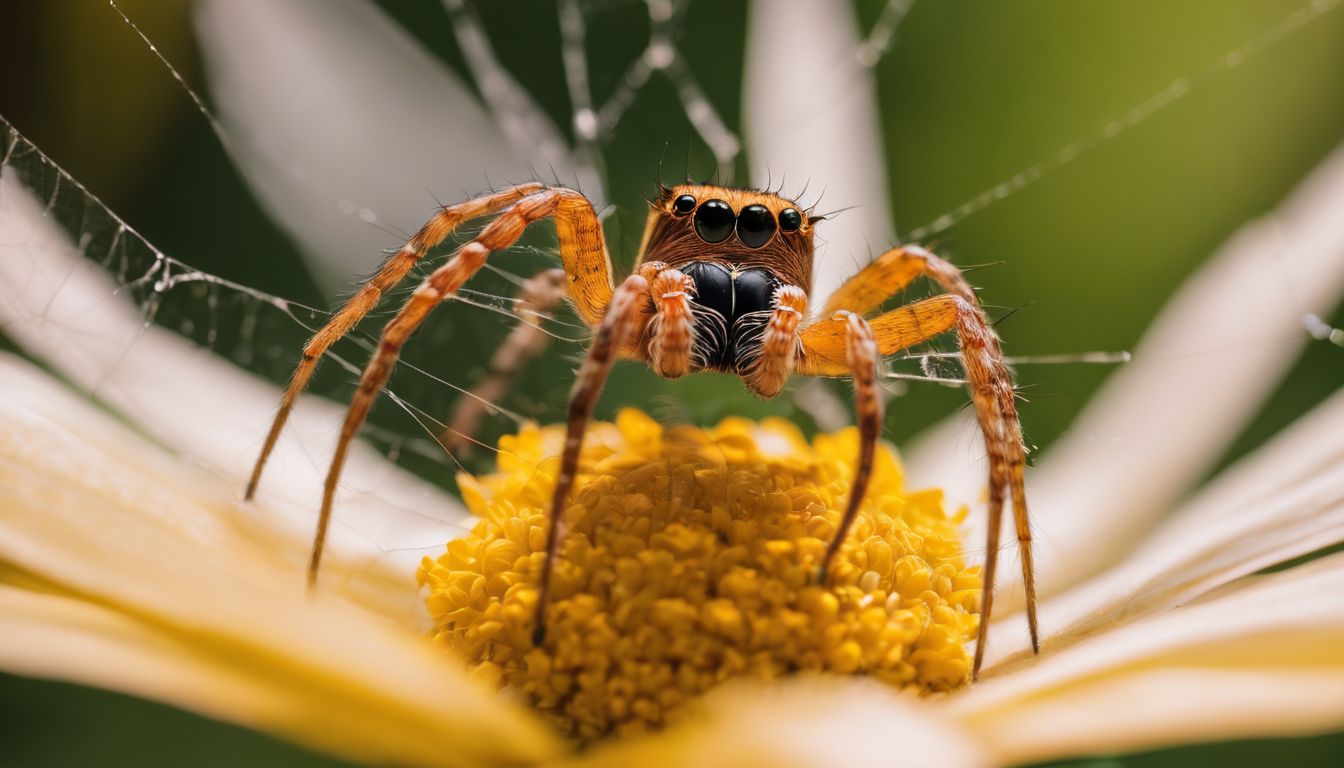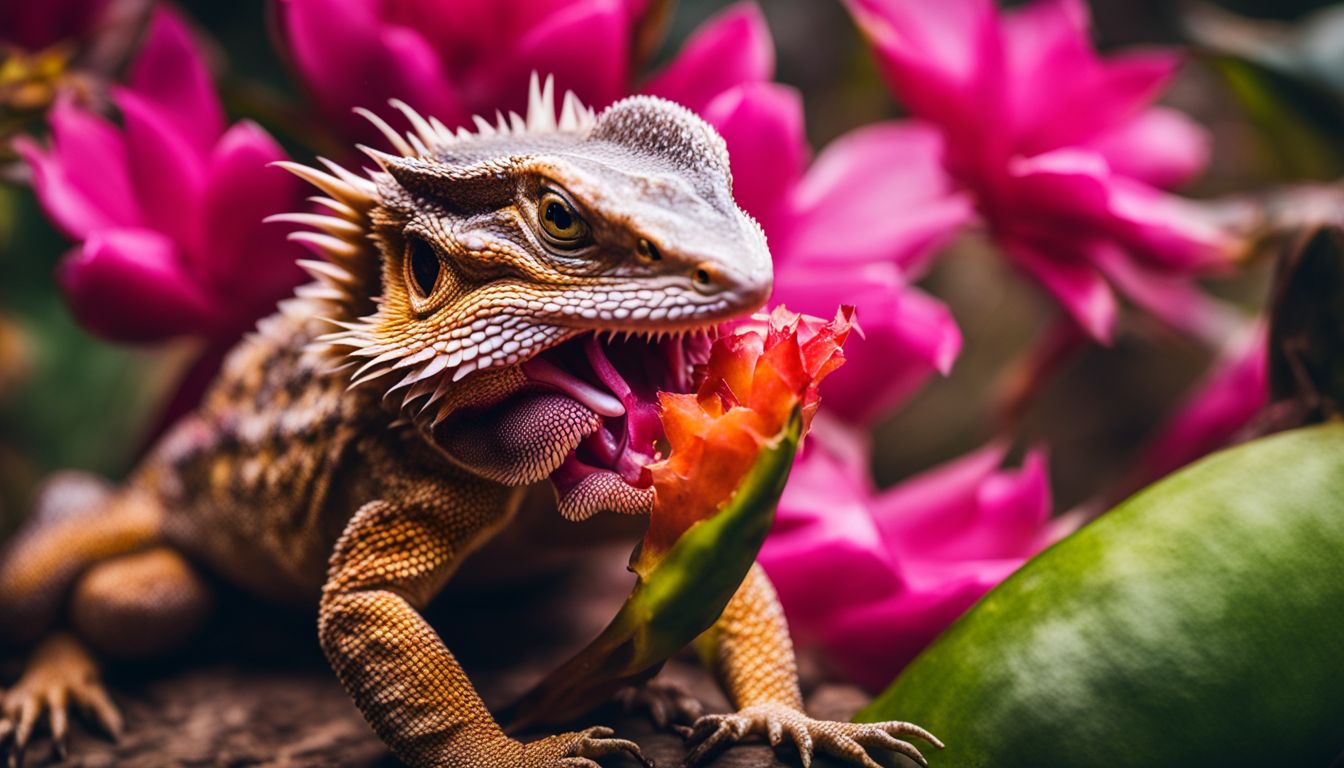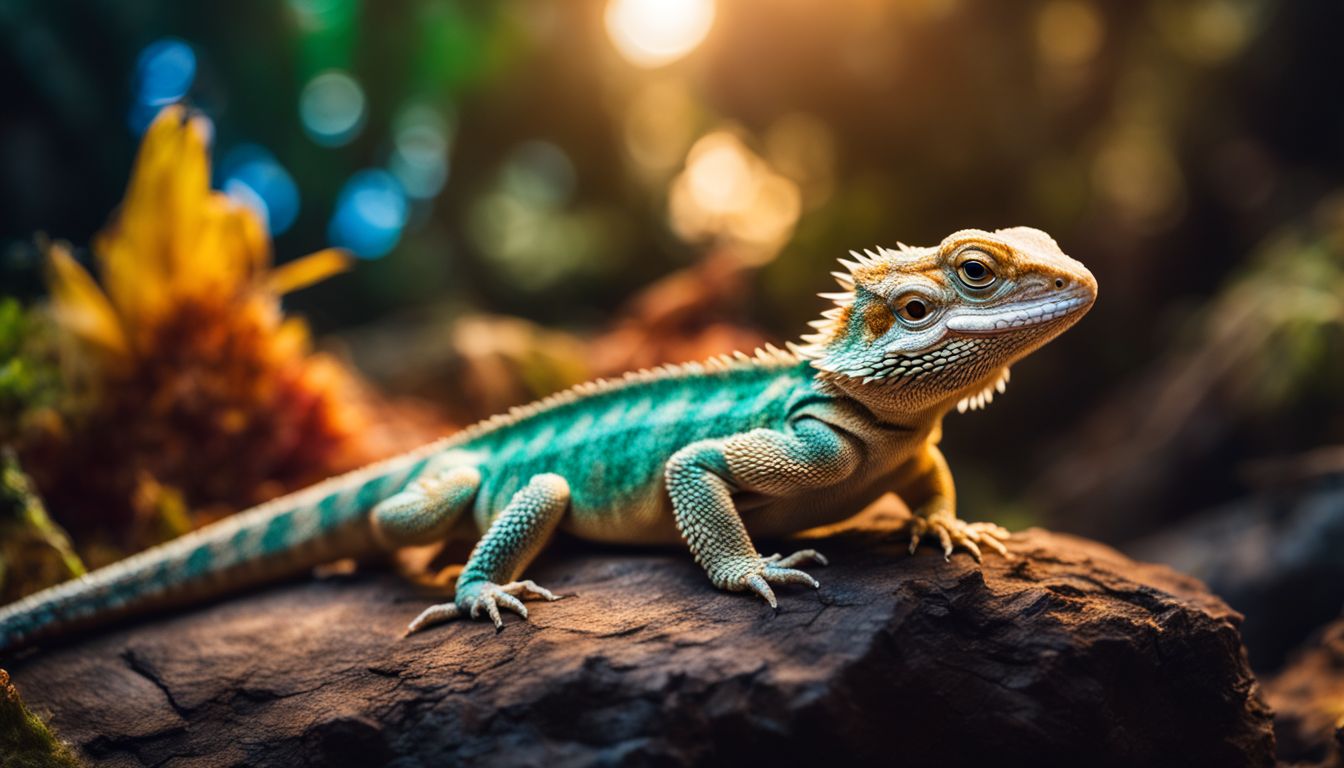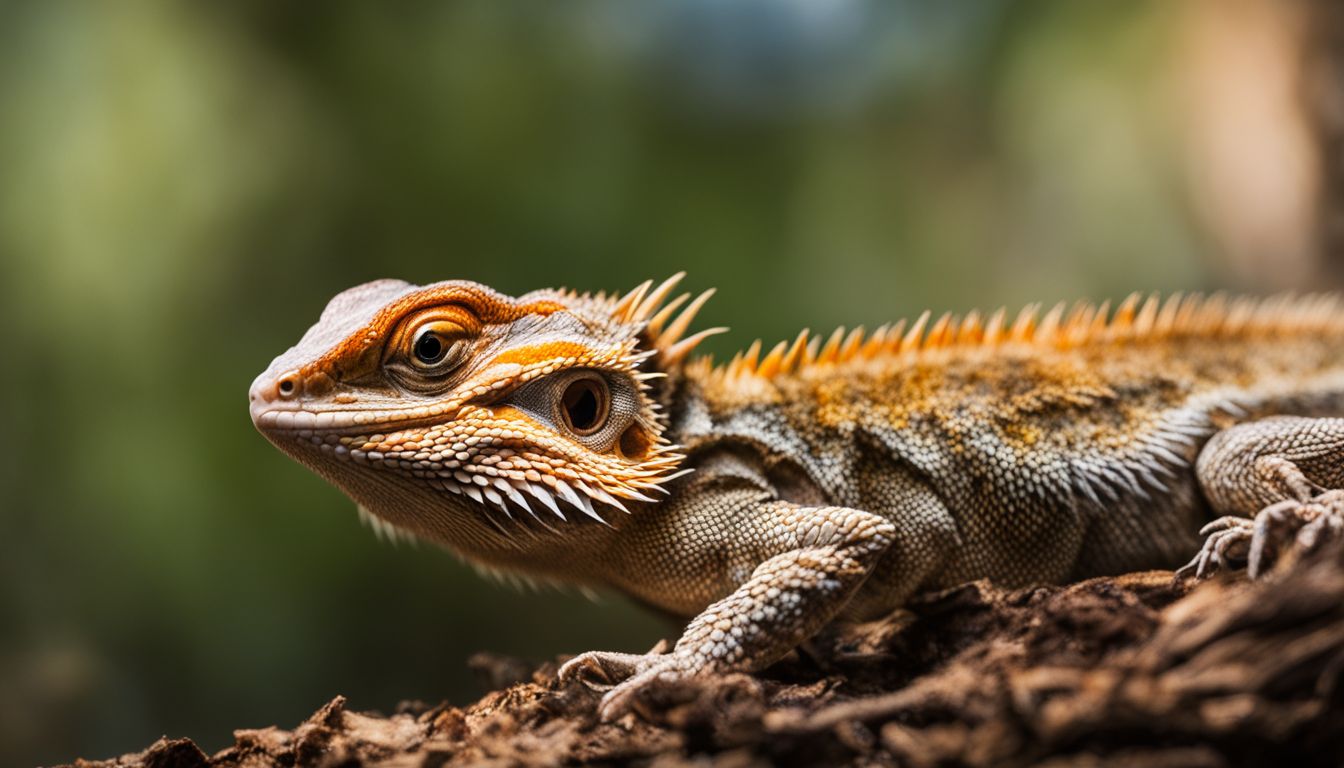Have you ever watched a spider silently lurking on a blossom and wondered if it’s waiting for bees? Spiders, incredible hunters in the insect world, do indeed prey on various insects including bees.
This article will unveil the fascinating ways spiders hunt their buzzing targets and what this means for our gardens. Stay tuned to discover nature’s small dramas unfolding in your backyard!
Key Takeaways
- Spiders, including species like goldenrod crab spiders and jumping spiders, are skilled predators that hunt bees using tactics such as camouflage, ambush strategies, and neurotoxic venom. They play a vital role in controlling insect populations and maintaining ecological balance.
- Contrary to common misconceptions, not all spiders use webs to catch bees; some hide on flowers or mimic other insects to ambush their prey. Additionally, spider venom is used to quickly immobilize and kill bees before consumption.
- While spider predation helps control insect populations in the ecosystem, there are potential concerns about its impact on pollination rates and bee populations. Understanding these interactions is crucial for maintaining a healthy environment for both spiders and bees.
The Curious Case of Spiders as Bee Predators
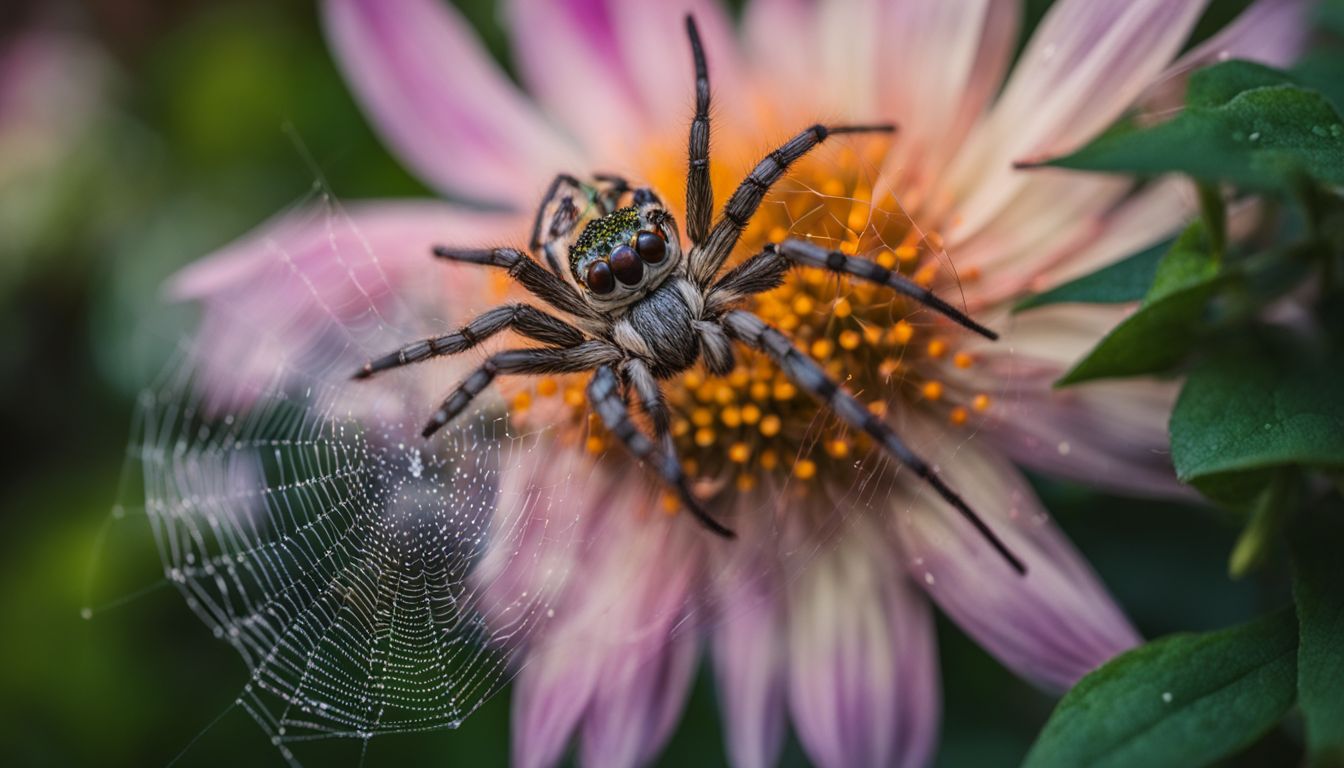
Spiders play a vital role as predators in the ecosystem, including their predatory behavior towards bees. Understanding their hunting tactics and the impact on bee populations is crucial for maintaining a balanced ecosystem.
The Role of Spiders in the Ecosystem
Spiders are very important in nature. They eat lots of insects, which helps to keep those insect numbers under control. This is good for plants and crops because too many insects can damage them.
Spiders also serve as food for other animals like birds and small mammals.
They do more than just eat bugs though. By being both hunters and snacks for others, spiders help the whole environment stay balanced. Their silk making skills are all about catching food, which shows how much they focus on hunting.
Next up, let’s clear up some wrong ideas people have about spiders and bees working together.
Common Misconceptions About Spiders and Bees
People often believe that spiders suck out the juices of their prey. This is not true! Spiders actually spit out special stuff to break down their food outside their body before they eat it.
So, when a spider catches a bee, it’s not just taking its juices—it’s digesting the bee in a way we can’t see.
Another wrong idea is that all spiders build webs to catch bees. That’s not always how it works. Some spiders hide and wait for bees to come close. Then they jump out and grab them! This shows how some spiders are really smart hunters, and they don’t always need webs to catch their food.
Arachnid Hunting Tactics
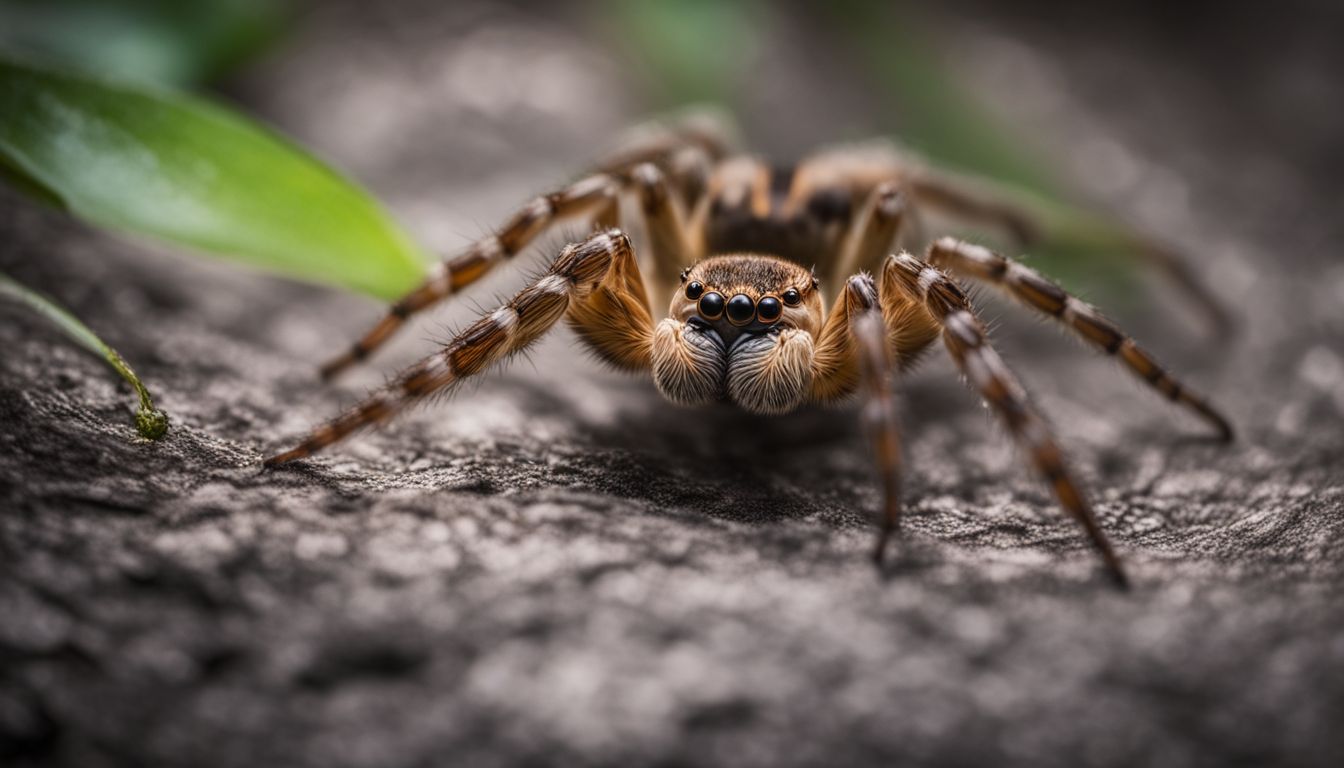
Spiders utilize a variety of hunting tactics to capture their bee prey, including ambush strategies and the use of neurotoxic venom. Understanding these tactics can shed light on the predatory behavior of arachnids in their ecosystems.
Ambush Predators: Crab Spiders on Flowers
Crab spiders hide on flowers to catch bees. They do not spin webs. Instead, they use their power to change flower signals with UV light. This trick makes the flowers look more inviting to bees flying by.
Bees can’t tell that danger hides among the petals.
These sneaky hunters match their body color with the flower’s colors. That way, they blend in well and wait for a bee to come close enough to grab. When a bee comes for nectar from these dangerous blooms, it might face a fake attack from a pretend crab spider as part of research studies on how pollinators react to threats on flowers.
Neurotoxic Venom: How Spiders Immobilize Bees
After ambushing their prey, spiders use their neurotoxic venom to immobilize bees. This potent venom is a key tool in their hunting arsenal, quickly paralyzing and killing the bees.
The neurotoxic properties make spider venom particularly effective at subduing prey, contributing to the evolution of spider venoms as a means of efficiently capturing and neutralizing their insect targets.
By swiftly incapacitating bees with this specialized venom, spiders can securely capture and consume them as part of their predatory behavior.
In addition to using stealth tactics like camouflage or ambush strategies such as lying in wait on flowers, spiders rely on powerful neurotoxic venoms to quickly immobilize and kill bees before consuming them.
Types of Spiders That Prey on Bees
From goldenrod crab spiders to jumping spiders, there are various types of spiders that prey on bees. Each species has its unique hunting tactics and strategies for capturing their bee prey.
Understanding these different spider species can provide insight into the complex predator-prey interactions in the natural world.
Goldenrod Crab Spiders: Masters of Camouflage
Goldenrod crab spiders are experts at blending in with their surroundings, especially flowers. They come in colors like yellow or white, disguising themselves amidst petals to ambush unsuspecting bees.
These crafty predators patiently wait for their prey, then swiftly strike using their venom. Interestingly, the red markings on female goldenrod crab spiders can remain unchanged even when they’re catching yellow bees, adding to their stealthy tactics.
These spiders affect pollination rates by turning flowers into hunting grounds and impacting the bee population as significant predators. Their ability to camouflage and adapt to different flower hues makes them formidable hunters in the insect world.
Jumping Spiders: Agile Hunters
Jumping spiders, such as Myrmarachne melanocephala, are agile predators known for their incredible hunting skills. They can mimic ants to deceive and catch their prey by surprise. These crafty hunters can plan detours and think ahead when stalking their target, displaying a remarkable level of intelligence in their hunting strategies.
Scientists have even been able to train jumping spiders to jump on demand in order to study their extraordinary predatory behavior.
Their agility and keen hunting instincts make them efficient predators in the ecosystem. These fascinating arachnids play a vital role in maintaining the balance of species by controlling insect populations, including those of bees, through their strategic and precise hunting tactics.
The Impact of Spider Predation on Bee Populations
Spider predation plays a crucial role in balancing the ecosystem by controlling bee populations. However, there are concerns about the potential impact on pollination due to spider predation.
Understanding this dynamic is essential for maintaining a healthy and thriving environment for both spiders and bees.
Balancing the Ecosystem
Spiders, as natural predators, play a crucial role in maintaining balance in the ecosystem by controlling insect populations. Their appetite for insects helps prevent overpopulation of species like mosquitoes and flies which can disrupt the delicate balance of the ecosystem.
By keeping these insect populations in check, spiders indirectly support plant health and maintain pollinator abundance, contributing to the overall well-being of the environment. However, an excessive increase in spider population could lead to a decrease in other beneficial insects such as bees and butterflies, thus upsetting the equilibrium.
As we delve further into the topic of spider predation on bees, it’s essential to understand how these interactions can impact both spiders and bee populations along with their contributions to maintaining ecological harmony.
Potential Concerns for Pollination
Maintaining a balance in the ecosystem is crucial, but the predatory behavior of spiders on bees could have potential concerns for pollination. Crab spiders, known to prey on bees, may impact bee populations and pollination rates.
Studies suggest that this impact can vary depending on the types of flowers present. Additionally, spiders and other generalist predators play a significant role in terrestrial ecosystems and can potentially transmit viruses to honey bees through their prey.
This predatory behavior may have implications for plant-pollinator interactions and pollination processes, affecting the delicate balance within our natural world.
Conclusion
Spiders play a crucial role in the ecosystem as predators, including hunting and consuming bees. Understanding their predatory behavior is essential to maintain ecological balance.
The intricate relationship between spiders and bees shapes natural ecosystems and insect populations. As we delve into this interplay of predator and prey, it becomes clear that studying arachnid predation is key to conserving our natural world.
By recognizing the impact of spider predation on bee populations, we can better appreciate the delicate balance of nature.
If you’ve ever wondered about dealing with spiders in your home, find out if popular solutions like Windex are effective by reading “Does Windex Kill Spiders.”
FAQs
1. Do spiders eat bees?
Yes, some spiders like the yellow garden spider and the goldenrod crab spider will eat bees that they catch in their webs or grab with their legs.
2. What kind of spiders are known to catch and eat bees?
Spiders such as orb-weavers, including the black and yellow garden spider, and sit-and-wait predators like crab spiders can catch and eat bees.
3. Can big spiders like tarantulas hunt down bees too?
Yes, even big tarantulas can hunt and feed on pollinating insects such as bees if they come across them.
4. How do spiders capture bees to eat?
Some use webs to trap them—like the orb-weaving spider—while others hide on flowers and jump out when a bee comes close, like the flower spider does.
5. Are all types of bees prey for these spiders?
Many different types of bees, including honeybees, bumblebees, and ground bees can become food for hunting spiders.
6. Besides eating them, how else might a spider affect a bee?
Spiders may also venture near bee nests looking for food; however bee stings could be dangerous to some smaller or less protected arachnids.

